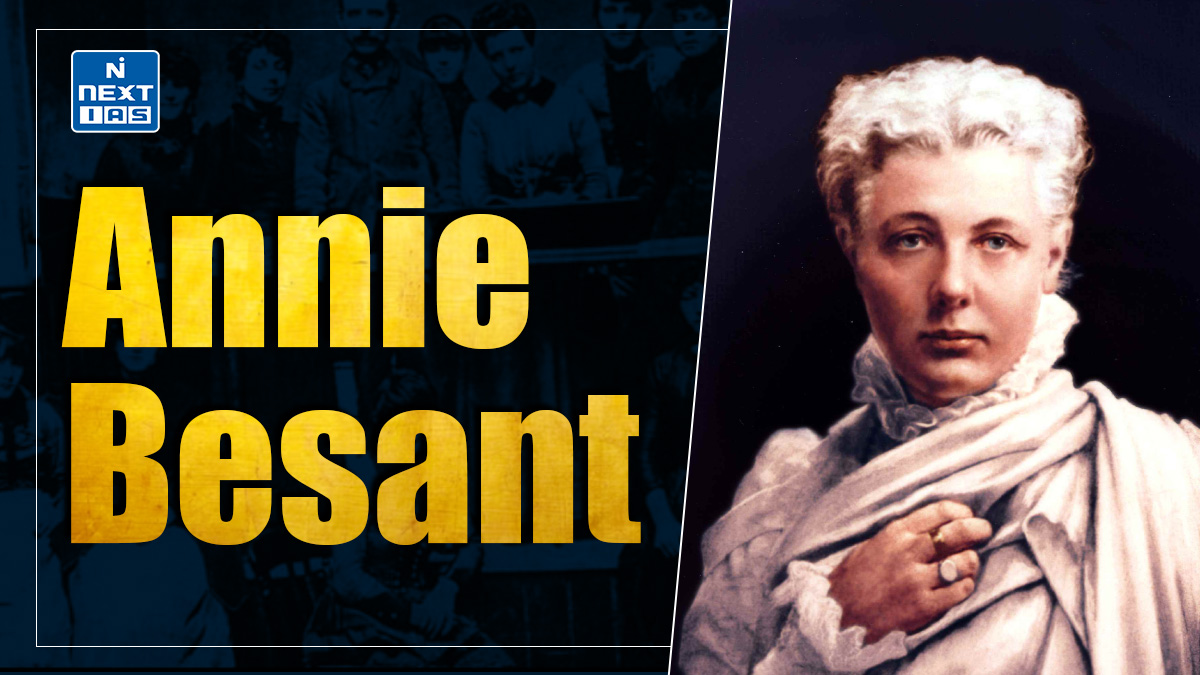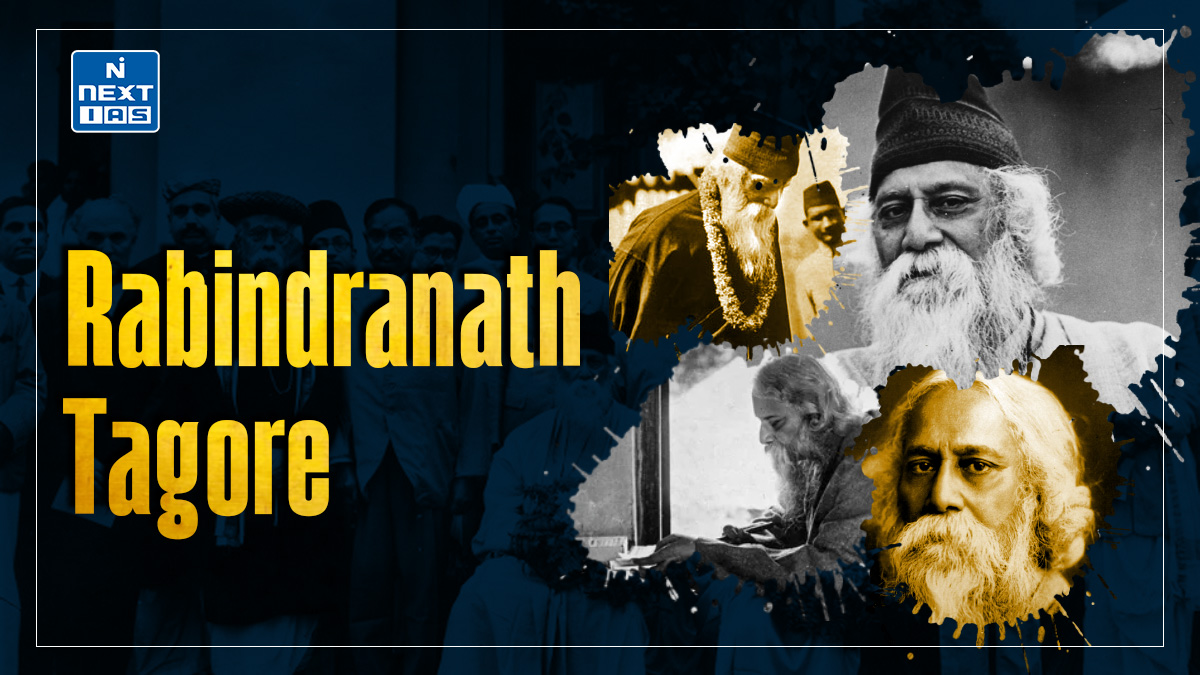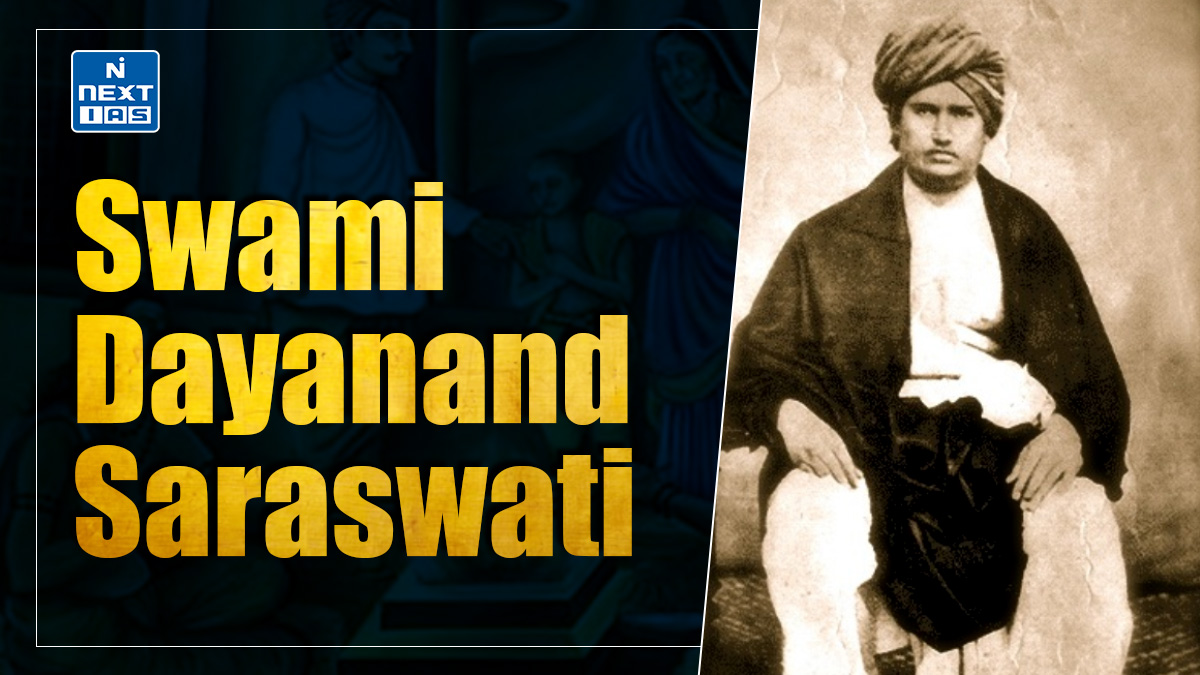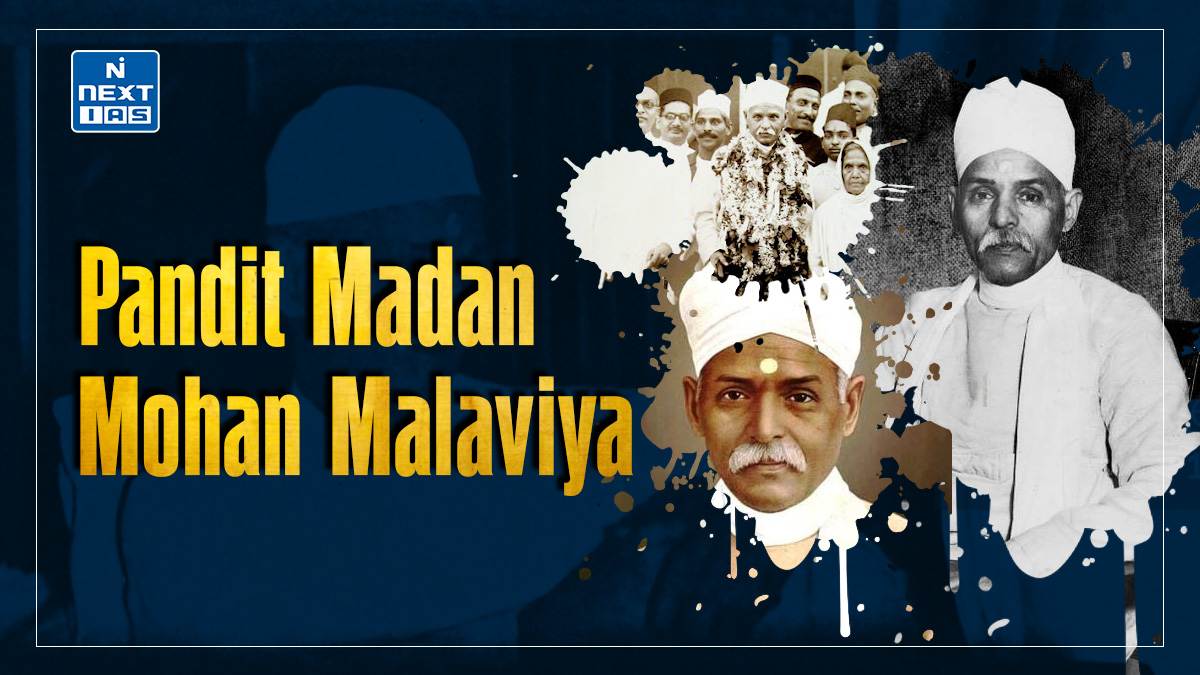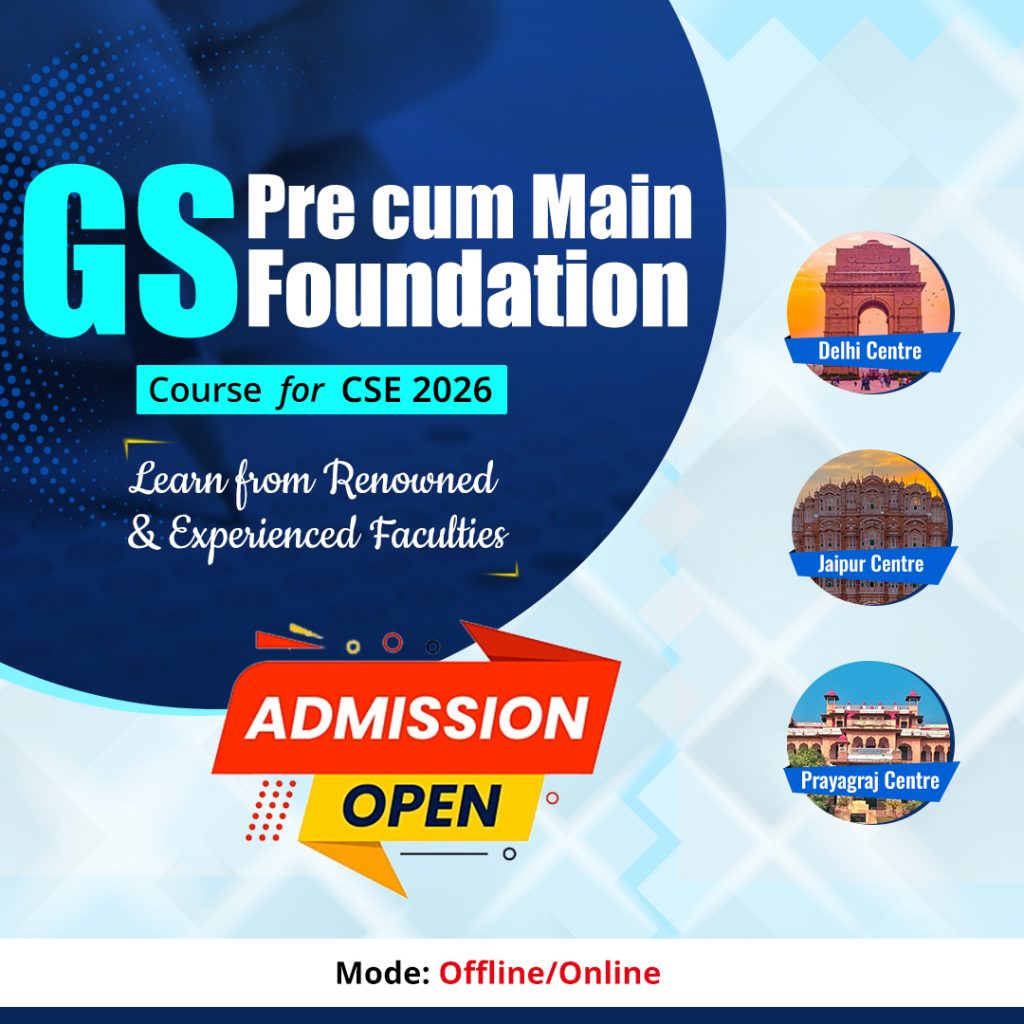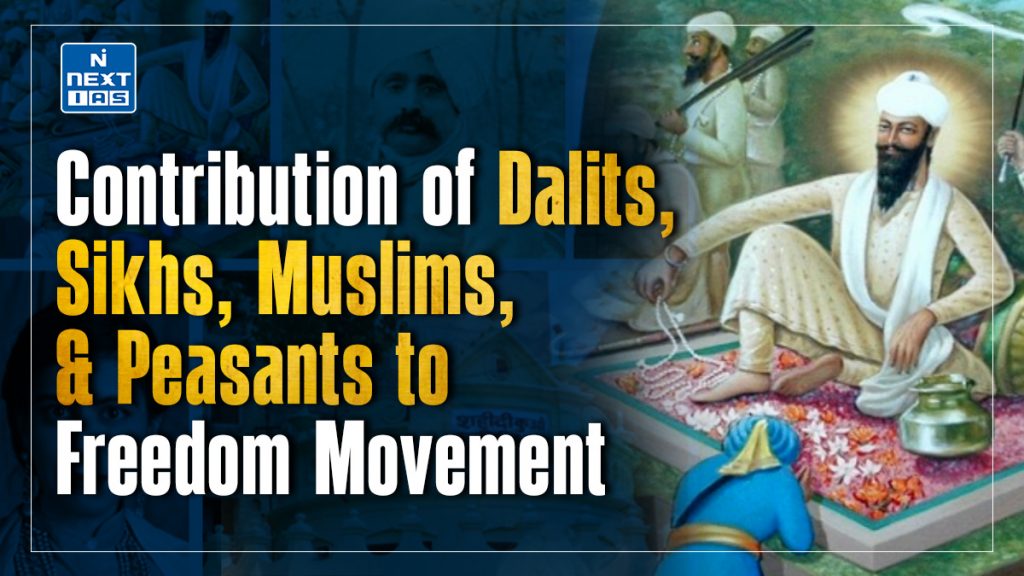
Dalits, Sikhs, Muslims, and Peasants all played crucial roles in India’s freedom movement. Dalits challenged caste injustice, Sikhs contributed through revolutionary actions and support for the Indian National Army, Muslims promoted unity and resistance, and Peasants led uprisings against British exploitation. This article aims to study in detail their diverse contributions and significance in the struggle for independence.
Contribution of Communities to Freedom Movement
- India’s freedom struggle was a monumental journey characterised by contributions from people across all regions, religions, classes, and ideologies.
- It epitomised the essence of “Unity in Diversity,” showcasing the collective effort of the nation to overthrow colonial rule.
- From Dalits to Muslims, Sikhs to capitalists, peasants to the working class, every section of society played a unique and significant role in securing India’s independence.
Contribution of Dalits to Freedom Movement
- The Dalit community emerged as a strong pillar in the freedom struggle, producing leaders actively participating in India’s fight against colonial rule.
- Among these, Dr. B.R. Ambedkar stands out as a towering figure who fought for social justice and drafted the Constitution of independent India.
- His criticisms of British policies, particularly on caste-based injustice, caste discrimination, and gender inequality, inspired widespread reform.
- Other notable Dalit figures included Jhalkaribai, a warrior who served as a close ally of Rani Lakshmi Bai, and Matadin Bhagi, who participated in the Sepoy Mutiny of 1857.
- Women like Raj Kumari Gupta, who supplied arms for the Kakori dacoity, and Tara Rani Srivastava, an activist in the Quit India Movement, further exemplified the community’s valour.
- Immanuel Sekaran, known for advocating Dalit rights, actively participated in the Quit India Movement at just 18 years of age.
Contribution of Muslims to Freedom Movement
- Muslims played a vital role in the freedom movement, and their contributions cannot be overlooked.
- Figures like Ashfaq Ullah Khan, a key conspirator in the Kakori Train Robbery, demonstrated immense courage.
- Khan Abdul Ghaffar Khan, popularly known as “Frontier Gandhi,” was a staunch advocate for nonviolence and nationalism.
- Maulana Abul Kalam Azad, a visionary leader and one of the youngest presidents of the Indian National Congress, symbolised Hindu-Muslim unity.
- Despite disagreements with Gandhi’s strategies, such as the Quit India Movement, Azad maintained his commitment to secularism and opposed the partition.
- Muslim women like Begum Hazrat Mahal, who actively resisted British rule during the Revolt of 1857, also made significant sacrifices.
Contribution of Sikhs to Freedom Movement
- Though Sikhs constitute only about 2% of India’s population, their role in the freedom movement is unparalleled.
- The Ghadar Party, established by leaders like Baba Sohan Singh Bhakna and Lala Hardayal, was pivotal in organising Indian resistance abroad.
- Bhagat Singh, a revolutionary of unmatched courage, remains a worldwide youth icon for his supreme sacrifice at the age of 23.
- The Sikh community also participated in armed struggles like the Indian National Army (INA), led by General Mohan Singh, and contributed significantly to movements like Quit India.
- Women like Sardarni Balbir Kaur joined protests and embraced martyrdom. Movements such as “Pagri Sambhal Jata,” initiated by Ajit Singh, inspired mass resistance against British oppression.
Contribution of Communists to Freedom Movement
- The Communist ideology in India emerged relatively late, gaining momentum after Satya Bhatta formed the Communist Party of India (CPI) in 1924.
- While their methods and ideologies differed from the mainstream nationalist struggle, Communists played a role in organising workers’ movements and strikes.
- The AITUC (All India Trade Union Congress), established in 1920, underlined the importance of labour rights in the broader struggle for independence.
Contribution of Capitalists to Freedom Movement
- Indian capitalists also contributed to the freedom struggle, financially supporting movements and challenging the dominance of British industries.
- Umar Subhani, a wealthy industrialist, provided financial aid to Congress initiatives.
- Capitalists used their resources to establish an independent economic base and promote Swadeshi industries, reducing reliance on British imports.
Contribution of Peasants to Freedom Movement
- Agrarian discontent under British rule led to widespread peasant uprisings.
- Movements like the Kisan Sabha Movement in Uttar Pradesh and the Mappila Rebellion in Malabar were fueled by oppressive policies, high taxes, and landlord exploitation.
- The Bardoli Satyagraha, led by Sardar Vallabhbhai Patel, was a landmark struggle that highlighted the power of organised agrarian resistance.
Peasant Movements in India
- Peasant movements in India emerged as a response to the exploitative systems of colonial rule, oppressive landlords, and excessive taxation.
- Notable uprisings like the Indigo Revolt (1859–60) and the Deccan Riots (1875) highlighted the grievances of farmers against forced cultivation and exorbitant revenue demands.
- During the freedom struggle, movements like the Kisan Sabha and the Tebhaga Movement mobilized peasants for socio-economic rights and against feudal exploitation.
- These movements not only addressed immediate agrarian issues but also contributed to the broader fight against colonial rule, uniting rural masses and shaping the course of India’s independence struggle.
Contribution of Working Class to Freedom Movement
- The working class played a vital role in India’s nationalist movements. During the Swadeshi Movement, workers organised strikes against British-owned factories.
- The formation of the AITUC in 1920 gave workers a national platform to voice their grievances.
- Strikes and protests during significant events like the Quit India Movement and the INA trials showcased their political consciousness and solidarity with the national struggle.
Conclusion
The Indian freedom movement was a collective endeavour that transcended barriers of caste, religion, gender, and class. Every section of society played its part, from the grassroots-level struggles of peasants and workers to the intellectual contributions of leaders like Ambedkar, Azad, and Ghaffar Khan. This shared commitment to freedom and justice highlighted the unity that continues to define India’s cultural diversity today. The sacrifices made by countless sung and unsung individuals remain a testament to the nation’s indomitable will to achieve independence.
GS - 1

